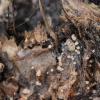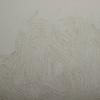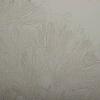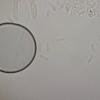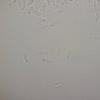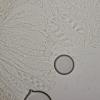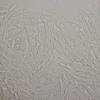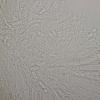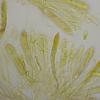
27-01-2020 17:33
 Björn Sothmann
Björn Sothmann
Dear all, on Jan 19th 2020, I found some pinkish

27-01-2020 22:33
 Björn Sothmann
Björn Sothmann
Dear all, on our excursion in the Leyerbachtal in

27-01-2020 15:32
He recibido unas muestras secas de esta especie re

26-01-2020 00:07
Ethan CrensonHello all,Last week in New York City I found this

26-01-2020 19:46
Elsa SousaGood evening,could someone help me beginning to se

26-01-2020 09:30
Patrice TANCHAUDBonjour, On a twig of a shrub (probably ornamenta

24-01-2020 15:35
Thomas LæssøeNo clue on this one but maybe all you clever ones

25-01-2020 21:27
Thorben HülsewigHi there,here is another asco on Rhizophora mangle

on Jan 19th 2020, I found some pinkish ascomycetes at the base of dead stems of Heracleum mantegazzianum in the Leyerbachtal in Remscheid, Northrhine-Westphalia, Germany.
Asci with croziers, hemiamyloid.
Spore size (12.9-15.1) µm x (4.5-5.4) µm, mature spores septate once or twice (if twice, the spore is divided in a ration of 1:1:2), spores are surrounded by a hyaline gelatinous material.
Hairs are massive and sharply pointed.
I already posted this in another Forum at https://www.pilzforum.eu/board/thread/47220-mab-exkursion-leyerbachtal-20-01-20-teil-2 where you can find more pictures (all in full resolution). It was suggested that this might be something close to what can be found in Zottos Iridinia-Hyalocrotes folder. Any ideas or thoughts?
Best,
Björn






